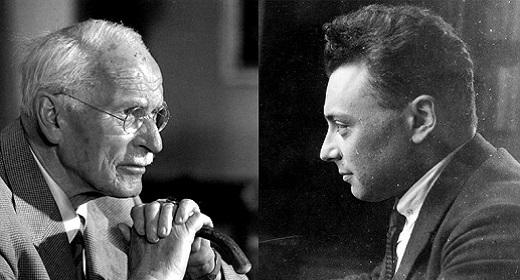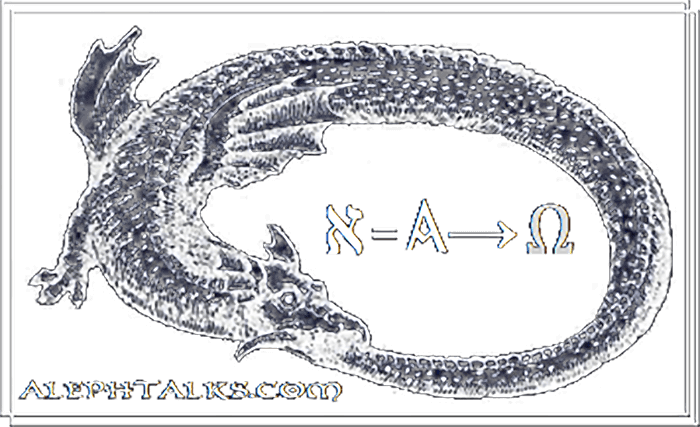
Synchronicity (German: Synchronizität) is a concept first introduced by analytical psychologist Carl G. Jung "to describe circumstances that appear meaningfully related yet lack a causal connection." In contemporary research, synchronicity experiences refer to one's subjective experience that coincidences between events in one's mind and the outside world may be causally unrelated to each other yet have some other unknown connection. Jung held that this was a healthy, even necessary, function of the human mind that can become harmful within psychosis.
Jung developed the theory of synchronicity as a hypothetical noncausal principle serving as the intersubjective or philosophically objective connection between these seemingly meaningful coincidences. Mainstream science generally regards that any such hypothetical principle either does not exist or falls outside the bounds of science. After first coining the term in the late 1920s or early 30s, Jung further developed the concept in collaboration with physicist and Nobel laureate Wolfgang Pauli through long correspondences and in their eventual 1952 work The Interpretation of Nature and the Psyche (German: Naturerklärung und Psyche) which comprises one paper from each of the two thinkers. Their work together culminated in what is now called the Pauli–Jung conjecture. During his career, Jung furnished several different definitions of synchronicity, defining it as "a hypothetical factor equal in rank to causality as a principle of explanation", "an acausal connecting principle", "acausal parallelism", and as the "meaningful coincidence of two or more events where something other than the probability of chance is involved". In Pauli's words, synchronicities were "corrections to chance fluctuations by meaningful and purposeful coincidences of causally unconnected events", though he had also proposed to move the concept away from coincidence towards instead a "correspondence", "connection", or "constellation" of discrete factors. Jung and Pauli's view was that, just as causal connections can provide a meaningful understanding of the psyche and the world, so too may acausal connections.
